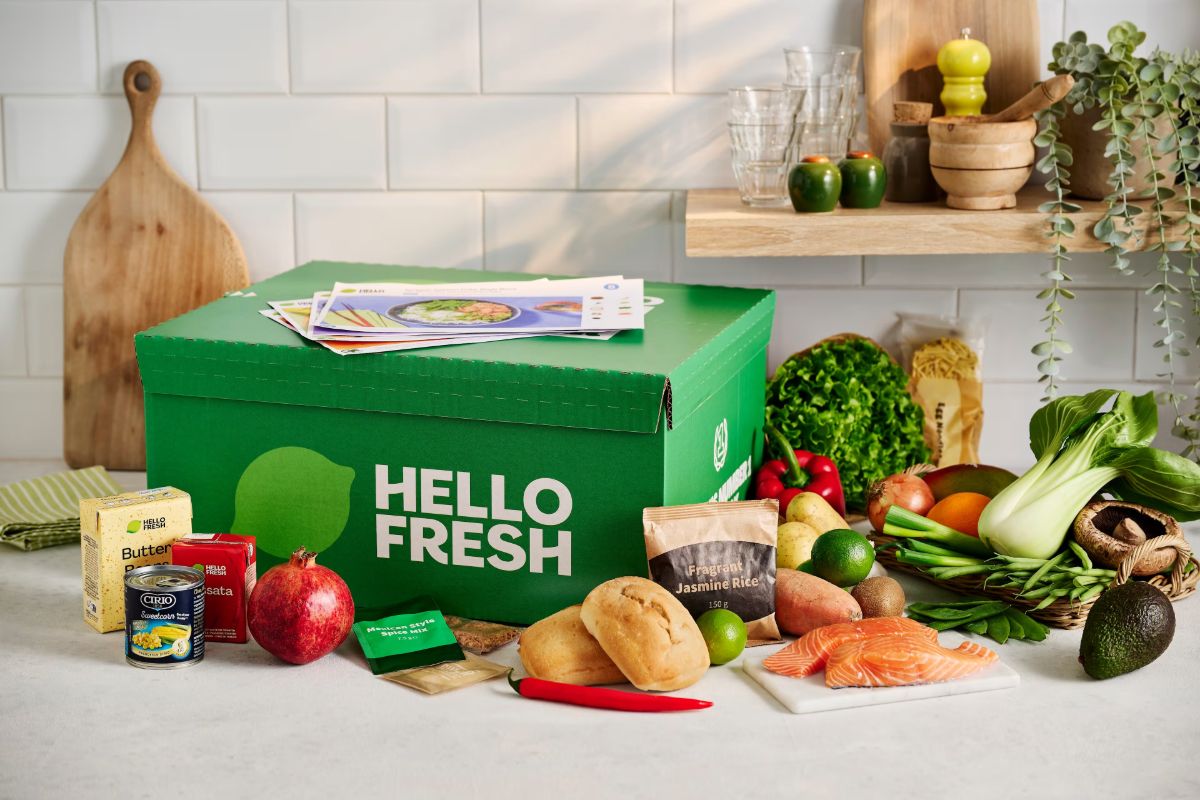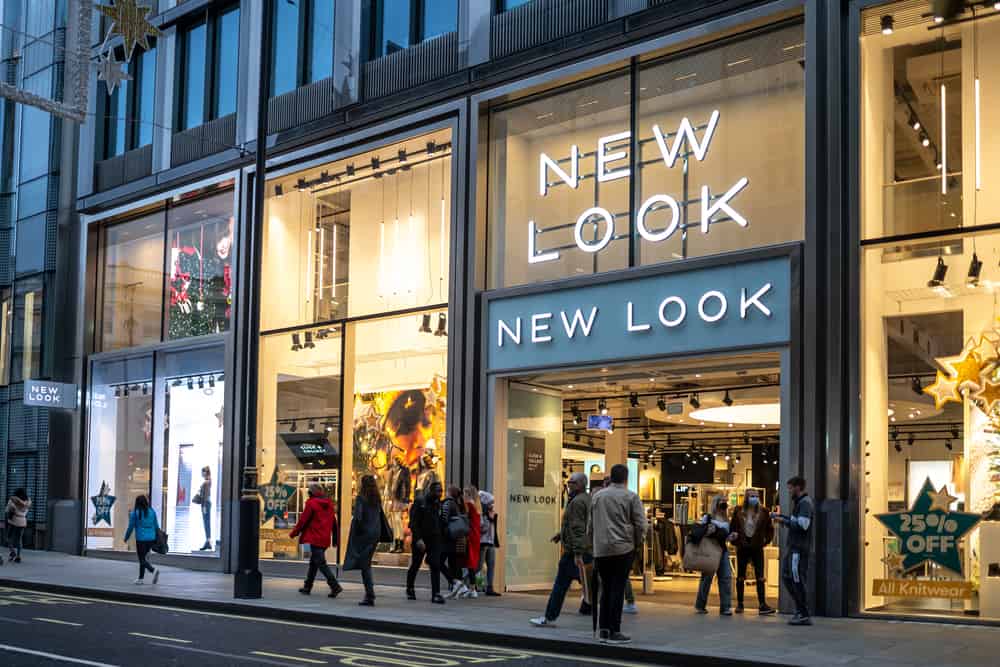An established high-street brand aimed at fashion fans all over the world, H&M, or Hennes & Mauritz, is increasingly concentrating on digital and online to push up sales and retain its position in the market, focusing its strategy on integrating the digital and physical to offer customers the best overall shopping experience.
According to its 2016 full-year report, the company, which owns six brands: H&M, COS , &Other Stories , Monki, Weekday and Cheap Monday as well as H&M Home, added 11 new online markets last year, bringing its total up to 35, with Canada and South Korea the latest to launch. This year it has its sights on a further six online markets: Turkey; Taiwan; Hong Kong; Macau; Singapore and Malaysia, as well as planning to open more bricks and mortar stores.
In a show of its commitment to developing online and digital, in tandem with its presence on the high street, this year, for the first time, the company is setting its growth targets in overall sales across platforms, rather than in physical stores opened. So its previous target to increase its number of stores by 10% to 15% a year, has been replaced with a target to increase overall sales by 10% to 15% in local currencies.
Online sales represent a significant share of its total sales, but as well as getting people to shop online it sees the digital platform as a great way to enhance the experience of the in-store shopper and vice-versa. Among its integrated offerings to shoppers are the opportunity to pick up and return online purchases in store, and to pay for purchases via mobile phone. It also has plans to use mobile devices to deliver customer service, both in-store and out.
Investment in automated warehouses and RFID technologies are being made to improve the company’s supply chain to enable faster turn-around on delivery. Next-day delivery is currently available in five markets (with time slots available in Japan) and it plans to roll this out further this year. It is also starting to use advanced analytics to help with planning and logistics, a move that it believes will greatly support its operations.
But CEO Karl-Johan Persson is adamant that having high street stores is still central to its business (it opened 427 new stores worldwide in 2016). “We have a strong store portfolio with more than 4,300 stores which gives us a unique proximity to our customers,” he said. “Being close to the customers is key to success and even more important as the physical and digital worlds become increasingly integrated.”






